Once again, fall is showing all the exciting signs that another snowy winter is underway. Down in the valleys the vivid foliage has started falling to the ground, the daylight hours are decreasing, and the temperatures are cooling off noticeably. Winter has already made an appearance at higher elevation over the last few weeks with a welcomed dump of snow blanketing the high peaks. With all the natural elements aligned, the human excitement is slowly building with the anticipation of another great winter in the mountains.
The mountain environment is rightfully praised and cherished by backcountry enthusiasts. It is an amazing place to connect with nature and reflect while exercising. The snow-covered winter landscape, full of contrasts, offers tremendous outdoor recreation opportunities. As much as the winter mountain environment can be a rewarding place, it can also be a dangerous place. One of the main hazard facing winter recreationists in the mountains are avalanches. Statistics speak for themselves, every year there is an average of 14 avalanche fatalities in Canada. To put the odds in your favor, learn to make better decisions in avalanche terrain and to raise your avalanche awareness level, some avalanche training is required.
When it comes to avalanche training and education, the Canadian Avalanche Association (CAA) and it’s sister organization Avalanche Canada (AC) are world leaders. Since 2006, they have done a tremendous amount of work to standardize and simplify courses and curriculum. They have set high standards to help guides and educators alike provide the public with some highly effective avalanche awareness skills. So, depending on your background and interests, there are various levels of avalanche training you should be aware of. Generally speaking, the courses fall into 2 broad categories; they are either recreational or professional. The recreational avalanche courses are for the general public and people interested in gaining avalanche awareness skills for their personal backcountry adventures. The professional avalanche courses are intended for people who aspire to or already work in the avalanche industry. Both categories offer various levels of courses depending on your background and interests.
Recreational Avalanche Courses
Recreational avalanche courses are for anyone interested in learning avalanche skills out of personal interest. Whether you or your kids are just getting into backcountry skiing, you want to deepen your knowledge base or simply refresh your skills you could start here. Recreational courses vary in length from the 1 to 4 days, the longer, the course the more skills and experiential practice. Depending on your background, goals and interests, courses to consider are: the 1 day “Avalanche Awareness Courses”, the 2 to 3 day “Avalanche skills Level 1 (AST 1)” and the 4 day “Avalanche Skills Level 2 (AST 2)” courses.
The one day avalanche awareness course is the very basic entry level. This course covers the necessary skills required to head into the backcountry including; backcountry safety, etiquette and resources, how to recognize and avoid avalanche terrain as well as basic avalanche safety gear use (beacon, probe & shovel). Many organizations offer this course throughout western Canada, some of them non-profit. In the Kootenay region, Avalanche Awareness Beyond Boundaries Society (AABBS) is a non-profit society that provide free Avalanche Courses to youth between the ages of 13– 18. This is an excellent avenue for youth interested in learning the necessary skills.
The Avalanche Skills Training series (AST 1 & 2) is the next logical step; it is the highest level of recreational training available in Canada. AST courses, formerly known as Recreational Avalanche Courses (RAC), have become the accepted recreational model since 2006. They have been developed by the CAA and AC in an effort to improve avalanche safety in Canada. One of the main goals of the AST courses is to provide a decision making framework for recreationists based on the most advanced knowledge available. The curriculum has been streamlined to represent the changing techniques and bring awareness to resources available so the public can make better decisions when planning a trip or while in avalanche terrain.
The AST 1 course involves about 8 hours of classroom and at least one day in the field. It is ideal for people interested in learning the decision making and what resources are available and necessary to increase safety when planning a trip or while in avalanche terrain. This is a great course whether you are just starting up or want to refresh your skills with current techniques and up to date resources. The price for this course varies greatly depending on length, instructor skills and training and location of the program. The AST level 1 is a steeping stone for further industry training (i.e. AST 2 and Professional Avalanche Courses).
The AST 2 is a longer course involving about 8hours of classroom and a minimum of 3 days in the field. It is geared for experienced recreationists interested in refining their decision making skills. Unlike the AST 1, one of the goals of the AST 2 course is to learn how to adapt personal exposure based on the changing avalanche conditions. This is where recreationists will learn about the subtleties in the snowpack, the avalanche bulletins, the terrain variations, and changing weather patterns and their impact on terrain choices in avalanche terrain. To do this course it is recommended that you have completed the AST 1 course as the material is a continuum and a basis for further training.
In more recent years, Avalanche Canada has introduced a few additional 1day training courses to complement the existing avalanche skills training program. These courses are the Companion Rescue Skills Course (CRS) and the Managing Avalanche Terrain Course (MAT). Both are full 1day field based program intended to develop, refresh, and refined the skills learned through the AST program. The former is a full field day focused on the intricacies of companion rescue with much hands on practice with various scenarios. The later is a fun field day focused on trip planning and execution of a route through avalanche terrain with all its subtleties. Both are carried out by experienced instructors/guides support.
As avalanche training is highly experiential, consider learning from instructors who also work in the ski industry and have lots of hands on practice and knowledge. For a list of the current avalanche courses in your area, visit the training section of the Avalanche Canada Website here.
Professional avalanche courses
As previously mentioned, the professional avalanche courses are intended for people who aspire to or already work in the avalanche industry. The avalanche industry refers to all the paid professionals working in the fields of snow safety evaluation, avalanche control, avalanche research, avalanche education, mountain guiding and winter search and rescue operations. The CAA has developed a thorough and chronological training program for avalanche workers called the Industry Training Program (ITP). The ITP courses are widely recognized as some of the highest standard training for avalanche workers in Canada and internationally. While being very current, the ITP courses offer a wide range of skills. They portray the concepts that are essential to all avalanche risk management programs in Canada through; innovative research, best practices, decision making and operational risk management. Below you will find information about some of the key professional avalanche courses. Because of the nature of this article, I have mainly described the entry level professional avalanche course. For more detailed information on subsequent courses and a complete course list, visit the Canadian Avalanche association website here.
The CAA’s “Avalanche Operations Courses” provide the academic and practical foundation for avalanche professionals in Canada. These courses are divided into three chronological levels; Avalanche Operations Level 1, 2 & 3. Each course requires a significant financial and time commitment as they vary in length from 1 to 2 weeks. This sort of commitment is well worth it as students will have a unique opportunity to develop a wide range of skills, build a resume of practical field experience, and learn from some of the most experienced instructors in the avalanche risk management industry. Avalanche Operations courses are mostly field based with easy access to avalanche terrain.
The Industry Training for Professionals Level 1 (ITP1) course is the entry level course for professionals and the basis for further industry training. It is the logical 1st step for those interested in working in the avalanche industry. This intensive 7 to 8 day technical training course comprised of approximately 40% theory and 60% practical field work. To better represent the various aspects of the industry, this course is available in different specific formats geared towards skiers, snowmobiles, search and rescue personnel or educators. Some of the curriculum include; the formation and nature of avalanches, personal and group safety measures, significant properties of the mountain snowpack, organized search & rescue, recognizing avalanche terrain, operational risk management and decision making as well as the collection & recording of weather, snowpack and avalanche occurrence. To enroll, participants must be 19 years of age or older, be advanced skiers or splitboarders and should have considerable backcountry travel experience to comply with rising industry standards. Also, participant must have completed a minimum of one recreational AST courses (preferably both). Upon successful completion of this course, participants will have the necessary skills to begin a career in the avalanche industry.
The Industry Training for Professional Level 2 (ITP2) course is an advanced program for people who work full time with avalanche safety and control operations. To consider this course, participants must have at least 100 days of operational field experience making and collecting weather data, snowpack information, and avalanche activity observations before applying. This generally requires at least two years of active operational field work and experience under the mentorship of more experienced CAA Professional Members. The Level 2 Program is 14 days and is divided into three modules. Level 2 participants are usually very involved in the avalanche industry and seeking further knowledge for a more successful career in the avalanche industry.
The Industry Training for Professional Level 3 (ITP3) course is relatively new; it has been developed in recent years and the first course was offered in 2009 in Canmore. The level 3 is intended for senior avalanche workers employed in forecasting, risk management, and/or planning positions. It is a 5-day classroom-based course and is a requirement for CAA qualifications for both Avalanche Forecasters and Avalanche Planners. Level 3 participants have a wide range experience in the avalanche industry; they are highly involved individuals with senior positions in the avalanche industry.
Avalanche course instructors
Avalanche course instructors usually have successfully completed at least one of the professional avalanche courses. Generally speaking, the more involved or advanced the course, the more experienced your instructors will or should be. This is especially true for the professional courses however; there is an increase in very experience instructors teaching recreational courses. For example, at the bare minimum, instructors teaching avalanche awareness and AST 1 courses are required to have completed the Avalanche Operations Level 1 course as well as being an avalanche practitioner with the CAA. AST 2 instructors will have completed the Avalanche Operations Level 2 course and be an avalanche professional with the CAA. All instructors must be members in good standing of the Canadian Avalanche Association (CAA).
Most of the instructors will also be tied to a particular aspect of the avalanche industry; this could be mountain guiding, avalanche control, avalanche risk management programs, etc. There are various levels of instructors experience out there but generally speaking, you will benefit from instructors with more professional experience.
The process
Mountain recreation in a winter environment is rewarding and exhilarating. It teaches us a great deal about ourselves and our environment. In those moments of bliss, it is often easy to forget about common sense. Through avalanche education, it is possible to gain a proper knowledge base for better decision making in avalanche terrain. The process for better knowledge and experience is lengthy and a journey in itself. Most of the courses offered in Canada target a broad audience and offer a great learning progression.
As in many things, knowledge teaches us the rules and experience teaches us the exceptions. The avalanche world is no exception, in fact it seems like the more we know, the more there is to know. Through this process we gain a better risk awareness perception. Since the level of risk associated with backcountry skiing is high, being humble and adapting to the constantly changing surroundings is key to survival. A good dose of avalanche training will surely play in your favor too!
Have fun learning and enjoy a safe winter!
David Lussier is a fully certified ACMG/IFMGA Mountain Guide and Avalanche Professional of the Canadian Avalanche Association. He lives is Nelson where he operates his guiding business, Summit Mountain Guides.

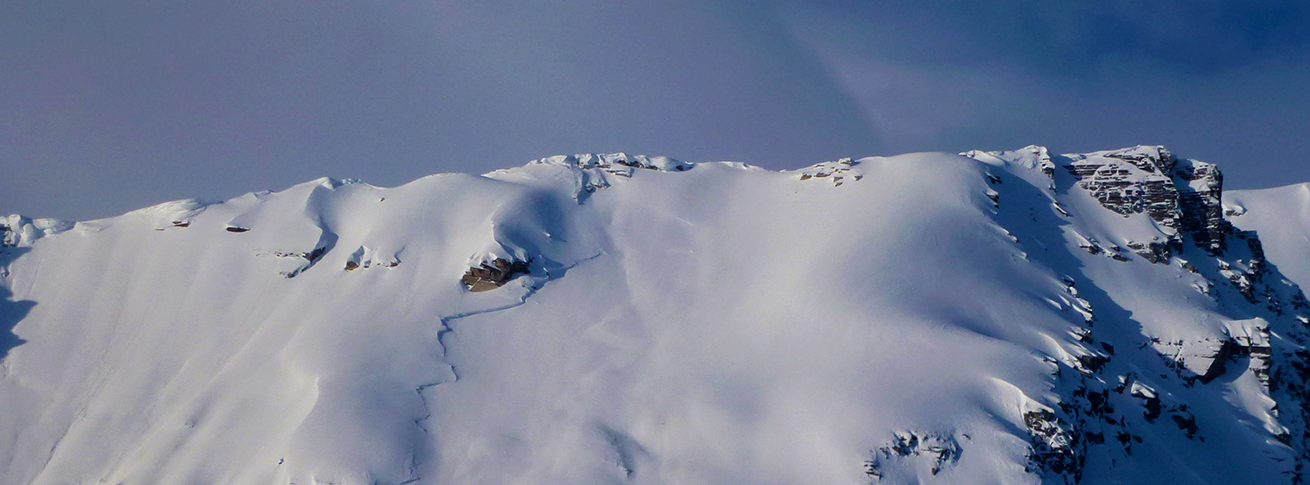

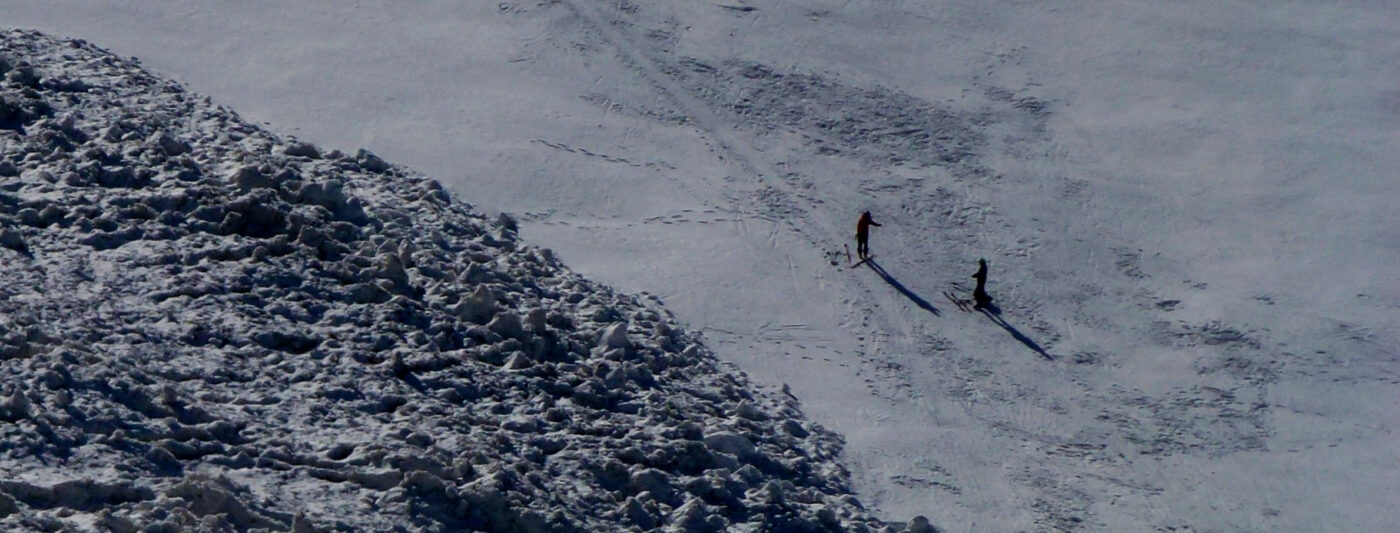
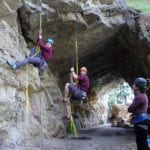
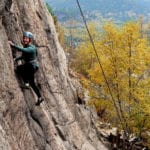
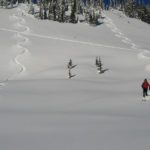
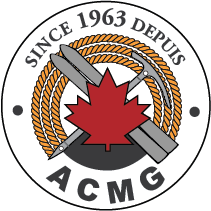

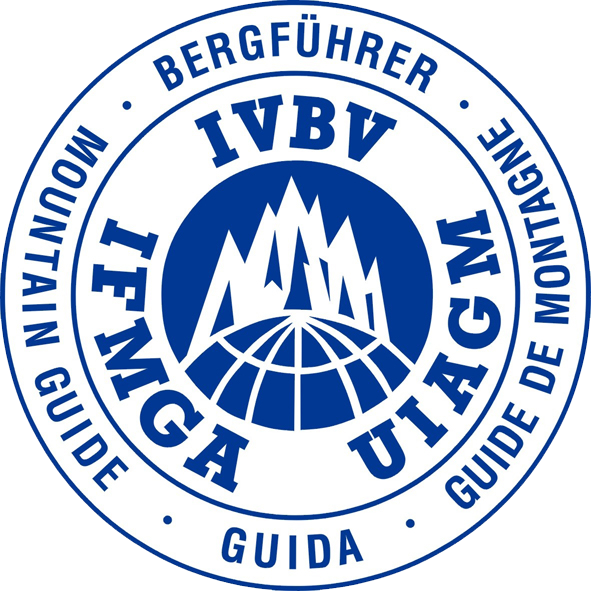
2 thoughts on “How to Choose an Avalanche Course”
Wow, this article is good, my younger sister is analyzing these things, thus I am going to let
know her.
Thank-you!
All the best, David